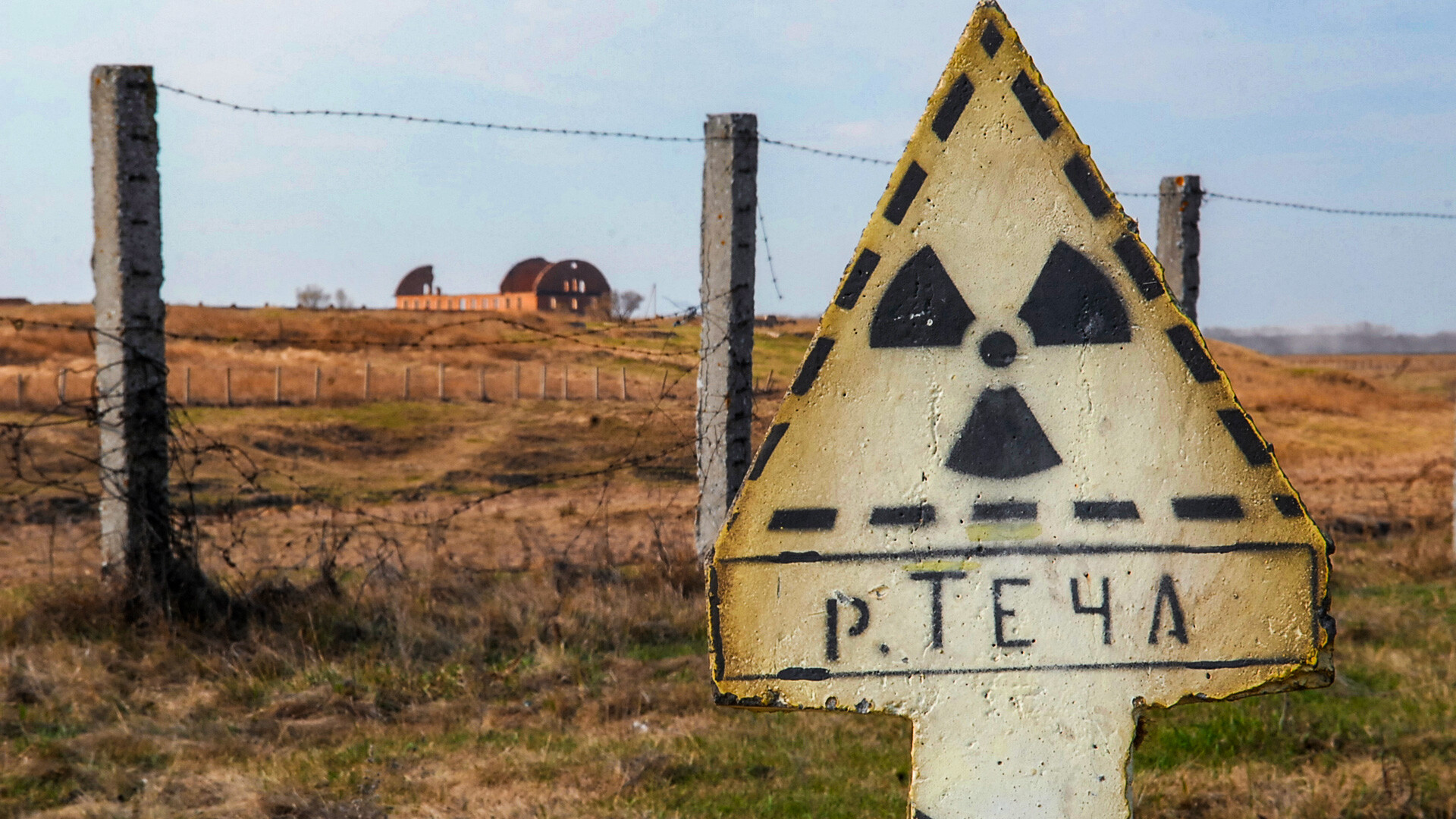
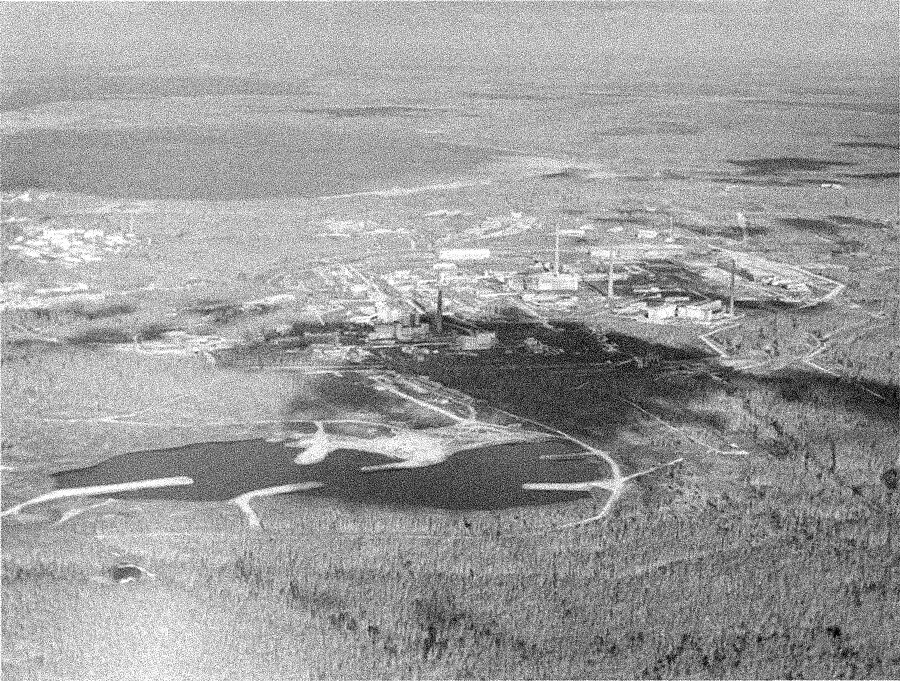
The tragedy struck on the evening of September 29, 1957, in the closed town of Chelyabinsk-40 (now Ozyorsk), located near the town of Kyshtym. A tank with radioactive waste exploded at the Mayak chemical plant. No-one was killed at the time of the blast, since it was a Sunday and officially a day off.

Many people in the area heard the explosion, but they took little notice, as some construction work was simultaneously going on there at the time. The following day, people went to work as usual and many of them were immediately dispatched to clear up after the accident. Some dug up shrubs in the street, others helped to coat tractors and other equipment with lead and others still cleared debris at the plant.
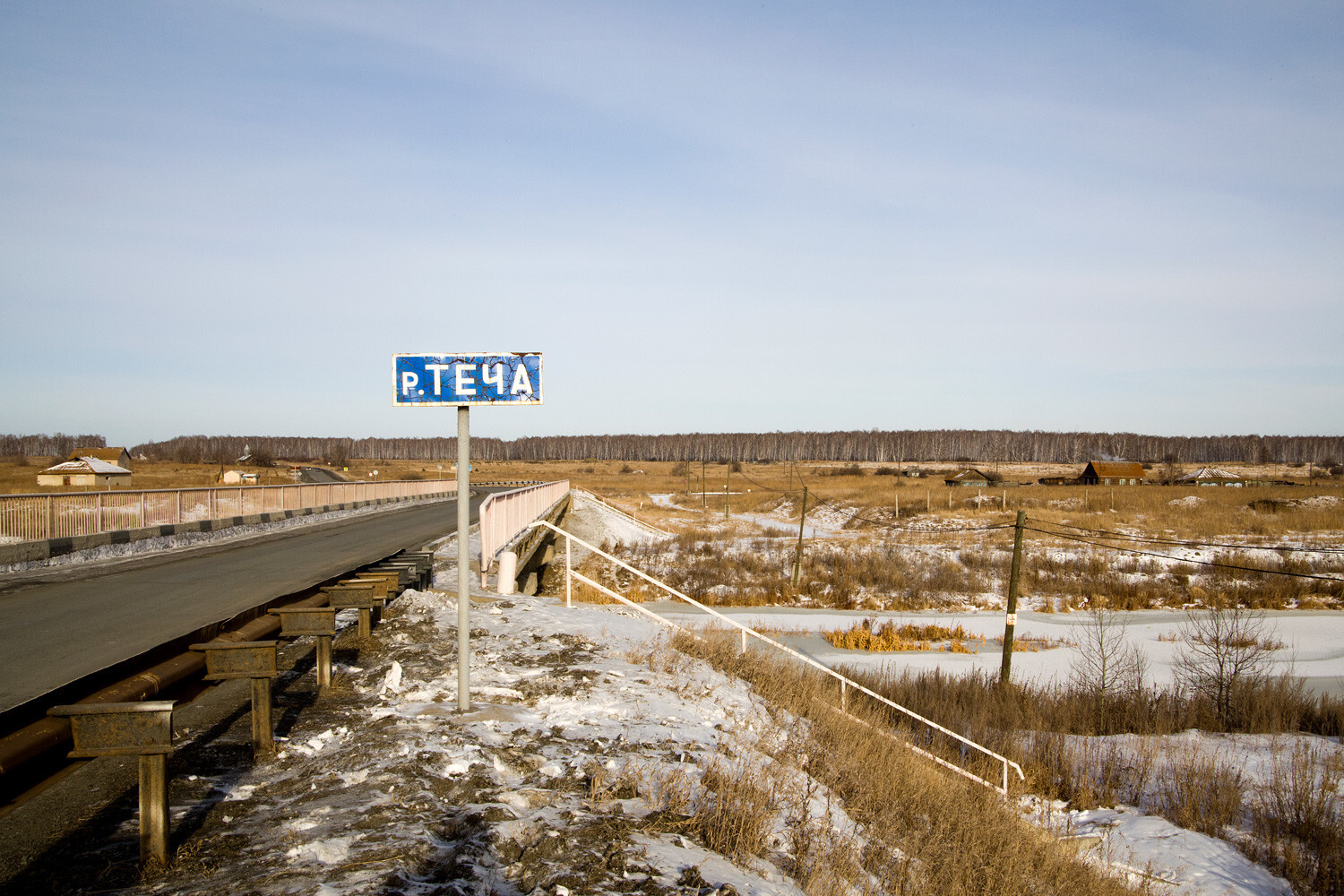
As a result of the blast, a radioactive cloud spread over a distance of thousands of kilometers, but almost all the radioactive material was deposited within the Mayak plant site.

After three weeks, 23 villages located in direct proximity to the facility were demolished and the houses leveled. Personal belongings were buried in pits, as they were "radiating radioactivity". The local residents - around 12,000 people - were resettled elsewhere. They were not told the reason why they were being moved.
The area is still contaminated and unpopulated today and continues to be a wasteland with abandoned buildings.
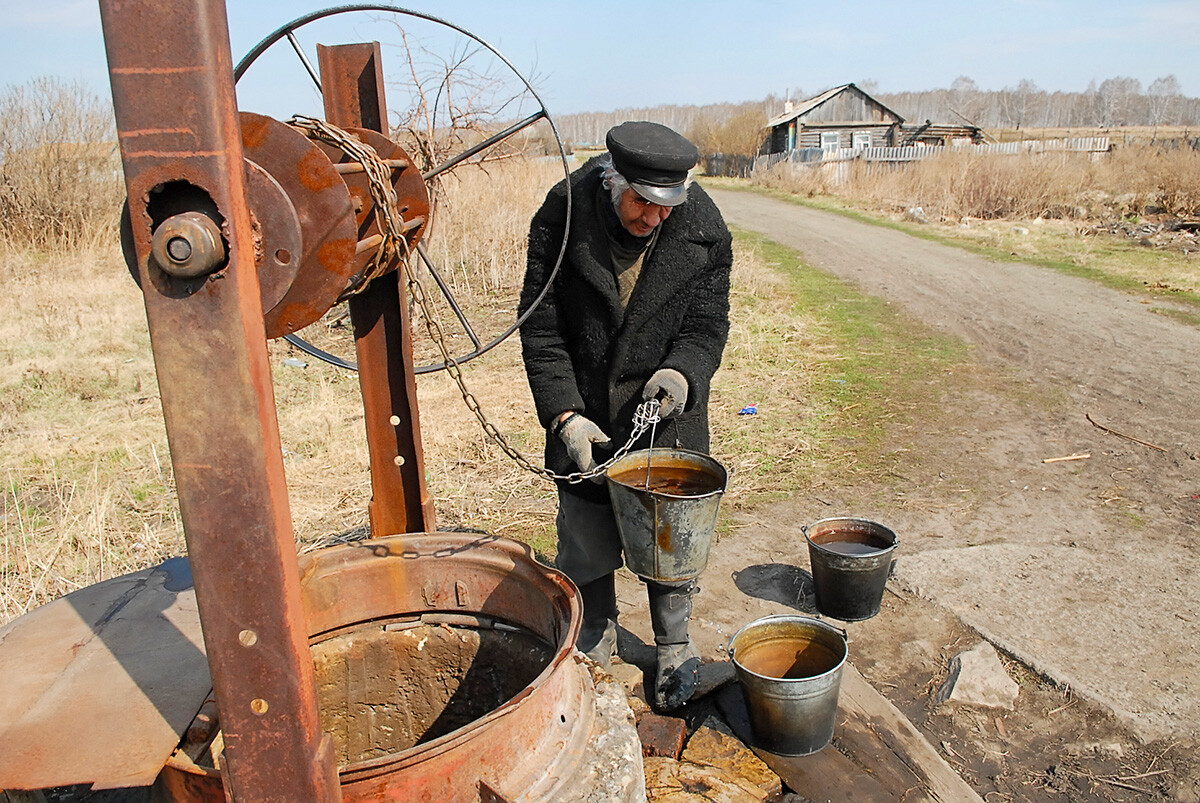
A commission of inquiry that looked into the incident subsequently concluded that the blast had occurred as a result of a violation of the procedures for the cooling of waste storage tanks, leading to the "drying out of a solution of radioactive substances". The head of the facility, who was in Moscow at the time, was blamed for the accident and removed from his post. However, no other penalties followed.
Meanwhile, the accident was kept a state secret until 1989.
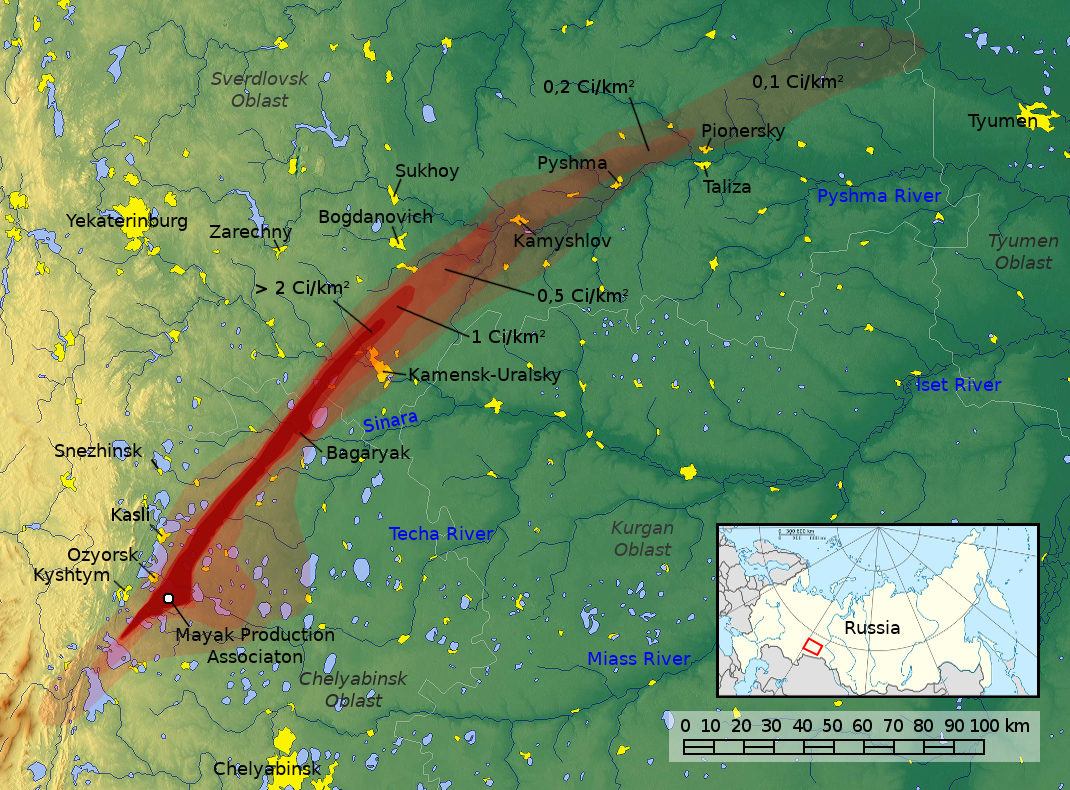
Dear readers,
Our website and social media accounts are under threat of being restricted or banned, due to the current circumstances. So, to keep up with our latest content, simply do the following:
If using any of Russia Beyond's content, partly or in full, always provide an active hyperlink to the original material.
Subscribe
to our newsletter!
Get the week's best stories straight to your inbox